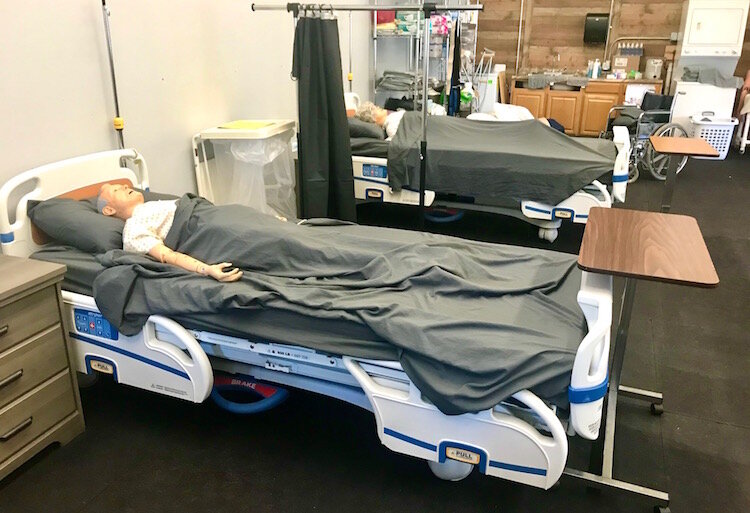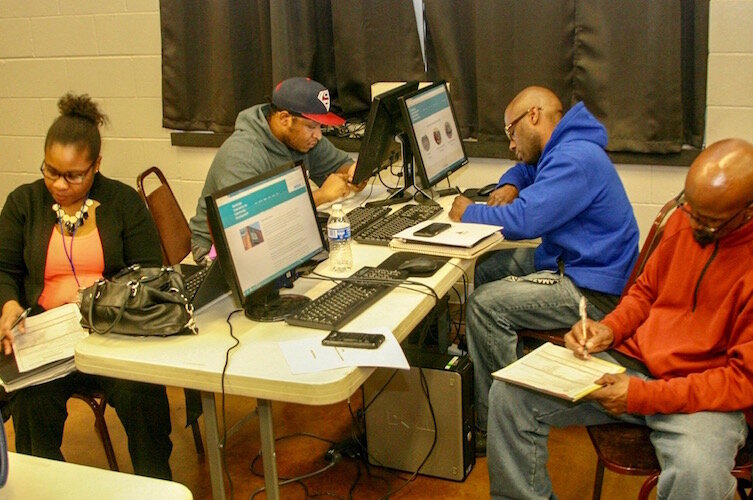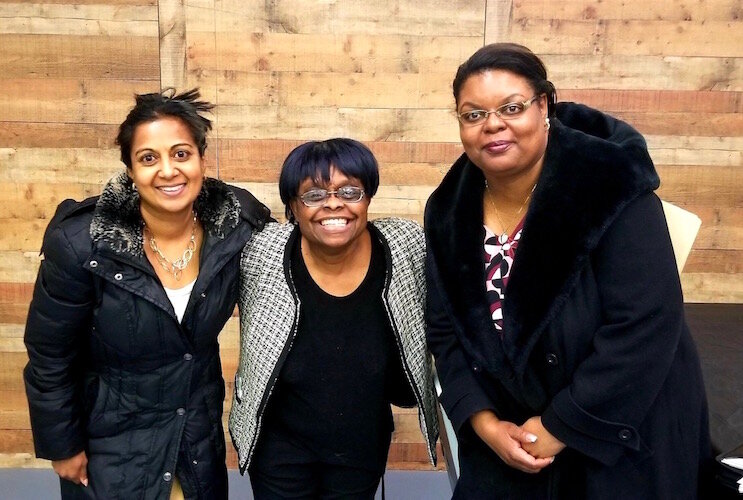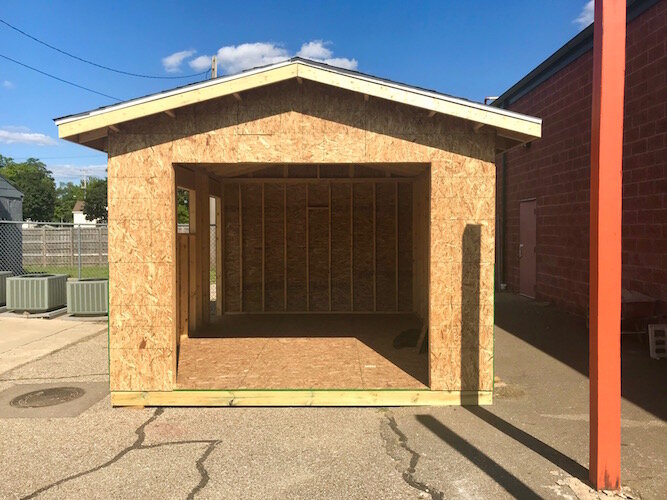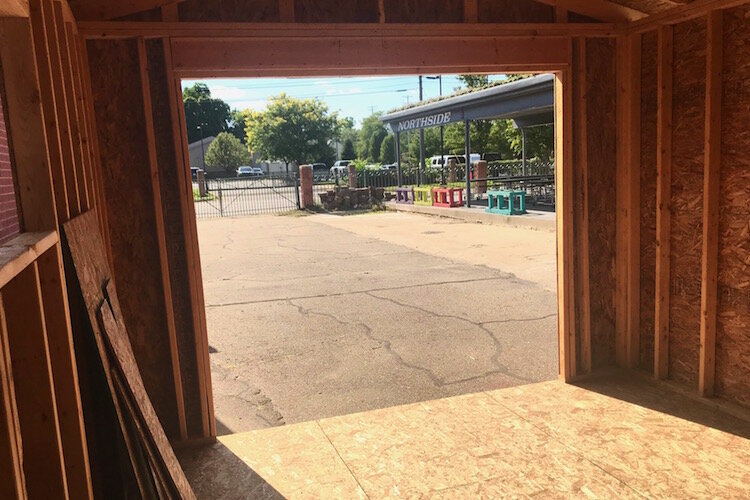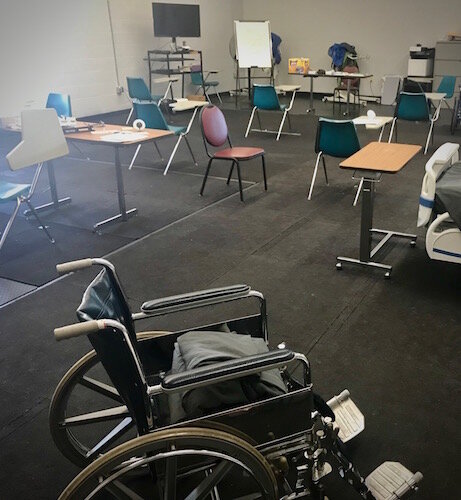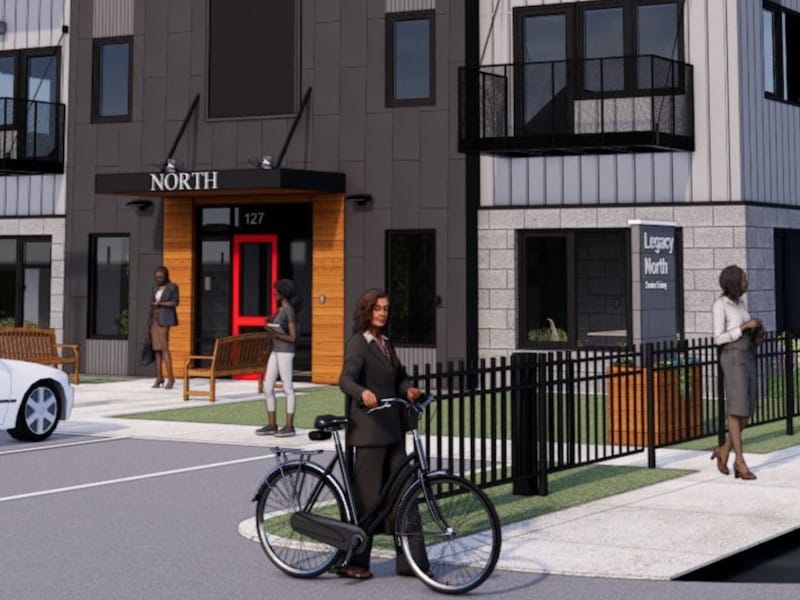Northside Association is working to provide neighborhood-based workforce training
A Neighborhood-Based Workforce Career Development Program designed to overcome barriers neighborhood residents face to education is training students for jobs.
Editor’s note: This story is part of Southwest Michigan Second Wave’s On the Ground Northside series.
Train yourself for a good-paying job that needs to be filled.
Enhance career-building skills that allow you to always be employable.
Figure out what people want or need and start your own business to provide it.
Those are things experts advise in employment seminars, trade conferences, business classes, and online programs intended to put people on a path to a prosperous future. But none of those programs are based on Kalamazoo’s North Side, where few people would reject the offer of a good-paying job or a job with solid benefits.
So the Northside Association for Community Development (NACD) is trying to offer a program tailored to residents of the North Side and their neighbors. The Association has established the Neighborhood-Based Workforce Career Development Program and is working to expand it. The program is intended to provide skills that residents of Kalamazoo’s North Side, East Side and Edison neighborhoods usually have to travel to find.
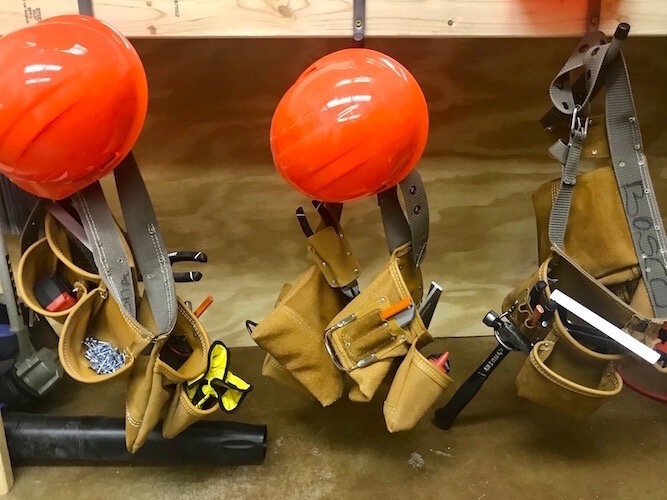
The program got its start last year with a certified nursing assistant program. And it now offers a pre-apprentice construction training program.
“It’s needed because people have barriers,” says Mattie Jordan-Woods, executive director of the NACD. “… A lot of people who want to increase their skills haven’t been able to due to financial problems or lack of transportation, for example.”
Shared Prosperity Kalamazoo was a lead contributor for the certified nursing assistant program, which helped inspire other financial contributions, Jordan-Woods says. And the Local Initiatives Support Corporation (LISC) was a primary funder for the construction training program. With help from them and others, including The Kalamazoo Promise, Bronson Healthcare Group, Stryker Corp., Youth Opportunities Unlimited and the Michigan Career & Technical Institute, the training is free to qualified residents of the North Side, East Side, and Edison, as well as young people eligible for The Kalamazoo Promise.

High-quality job-training programs, skilled-trades coursework, and other educational opportunities are rarely based in an urban neighborhood. And Jordan-Woods says traveling to find them can be a hurdle for financially struggling people who may be single parents, without dependable transportation, or already working a job that limits their time.
“One major obstacle that residents of the city’s core neighborhoods and Promise students face is there is an absence of brick and mortar neighborhood-based training programs that lead to high-demand credentials in health care, technology, and construction skilled trades,” says Sarah Klerk, director of workforce strategy at The Kalamazoo Promise.
Those industries offer career-pathway opportunities with living-wage jobs in Kalamazoo, she noted.
The certified nursing assistant training that started last year in the Neighborhood-Based Workforce Career Development Program continues along with a pre-apprentice construction training program. The first segment of the construction training class is in session, although it has been delayed by stay-at-home measures to keep participants safe from the spread of the coronavirus.
The construction training class is expected to give participants foundational skills to start work as a general laborer or “jump to an apprenticeship or jump on a job site and continue to develop their skills that way,” Klerk says. Jordan-Woods says it may also encourage them to start their own businesses one day.
The class that is now underway has seven students. Because it primarily received funding from Youth Opportunities Unlimited’s summer CareerNow program, its students range from ages 18 to 21. NACD and The Kalamazoo Promise are presently looking to recruit participants for its next class, which is set to start on Sept. 14. They must be at least age 18 but there is no upper limit on their age range. Applicants may contact NACD at 269-344-5490 or via nacd@sbcglobal.net.
Thus far, 16 people have graduated from the certified nursing assistant program. The second of two groups graduated last Thursday, Aug. 6. Four others are currently in the program, supported by CareerNow. They are expected to graduate in about four weeks.
After successfully passing a test administered by the state of Michigan, the certification qualifies them to work at nursing homes, healthcare facilities, assisted living facilities, and in other personal-care environments. Overseen by the Michigan Career & Technical Institute, the program stretches out to 10 weeks a training program that is usually offered as an intensive three-week course.
Jordan-Woods describes nursing assistant and construction skills classes as training-to-work programs. They are partnered with businesses that are looking for employees, such as Bronson Healthcare Group, the Home Builders Association of Greater Kalamazoo, Bogan Development, and Wausau Homes. “So you’re not going through a training and just hope you get a job,” Jordan-Woods says.
Klerk says students eligible for The Kalamazoo Promise, the free-college tuition program for students who graduate from high schools in the Kalamazoo Public Schools District, are eligible to receive funding for the programs because they’re administered by the Michigan Career and Technical Institute. The Plainwell-based institute is a post-secondary institution with a credit schedule and other training programs in Plainwell.
“We always hear people talking about Lincoln Elementary, that used to have skilled trades,” Jordan-Woods says, referring to what is now Lincoln International Studies School. Years ago, that elementary school, at 912 N. Burdick St., had classes in practical trades that helped students land jobs after high school. It also had some facilities that other schools lacked, such as a full-sized swimming pool.
“So people used to learn how to swim on the North Side,” Jordan-Woods says. “You knew how to build things on the North Side. And it left. But it’s time that it came back.”
In the meantime, NACD is seeking funding to build a technology center that will be a place for people of all ages to grow, learn, and explore technology.
“The technology center will have computers, 3-D computers, it will do introduction (to computers),” Jordan-Woods says. “All of this is like pre-apprentice training. This one is going to allow youth and adults to be able to have access to some of the technology that isn’t available to them now, for free.”
NACD is looking to convert and expand by 900 square feet the former urban garden building to the north of its offices to a 2,000-square-foot facility to accommodate the project. NACD is looking for funding to purchase up to 30 laptop computers, among other things. Including equipment, the project is expected to cost $300,000 to $500,000.
The facility will start as a computer lab but grow – hopefully after a year – to provide training in such things as graphic design and printing, Jordan-Woods says. It will also be used for NACD’s youth and adult programming. But, according to Jordan-Woods and Klerk, it will be heavily geared toward students and is intended to be a quiet place where they will have year-round access to computers and wi-fi, as well as tutoring and help with homework.
Jordan-Woods credits Klerk’s involvement in the neighborhood training program to Von Washington Jr., executive director of community relations for The Kalamazoo Promise.
“If it wasn’t for Von Washington believing in the dream of including all students and sending someone who he felt also believed in that same dream, we wouldn’t be as far as we are now,” Jordan-Woods says, referring to Klerk.
Asked what she hopes to see in five years, Klerk says, “I hope that these training programs are sustainable and that students and adults are getting and retaining good jobs in the community.”
Jordan-Woods says she hopes facilities are developed on the East Side and in Edison to further expand the training opportunities. And she hopes Neighborhood-based training helps residents see that training is a way of life.
“We keep telling kids to get off the street,” Jordan-Woods says. “But to go where? You can’t just take one week and say, ‘Hey, we’re going to take you up on campus to a STEM (Science, Technology, Engineering, and Math) lab and then not expose them to it again for months. It has to be something that they live and see all the time. So after a while, it’s expected that that’s what I can be, because it’s here. I can see it. I think that is really what we’re lacking.”
To make a connection
Those interested in contributing to the technology center project or for more information on the training programs can contact Jordan-Woods at 269-352-8200 or 269-344-5490 or email her at nacd@sbcglobal.net.

